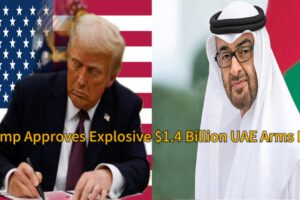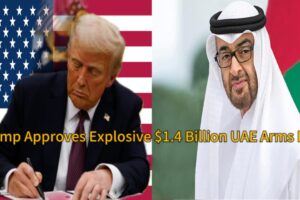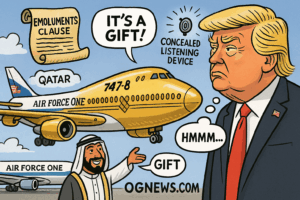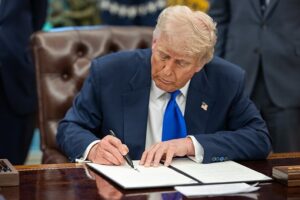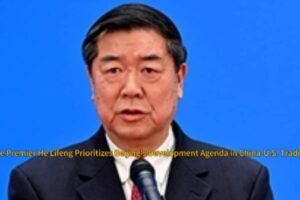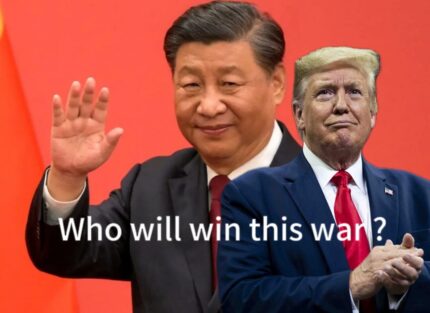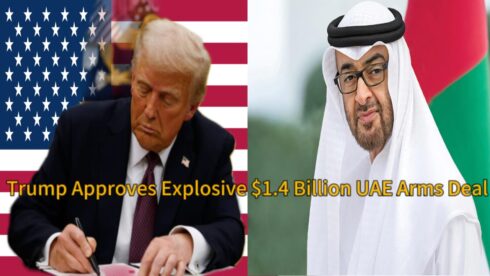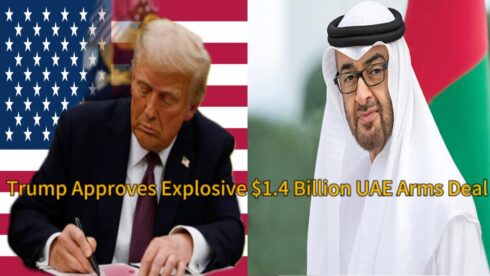Donald Trump’s aggressive tariff policies have set the stage for a potential global trade war. While temporary reprieves have been granted to key U.S. allies, the economic battle with China has intensified, raising concerns among economists and policymakers.
Donald Trump’s Tariff Strategy: A Tool for Leverage or a Risky Gamble?
In just 24 hours, Trump’s trade stance shifted dramatically. Initially, he threatened broad tariffs on Canada, Mexico, and China, but later put the penalties on North American neighbors on hold for 30 days. However, his administration proceeded with a sweeping 10% tariff on all imports from China, escalating tensions with the world’s second-largest economy.
The justification for these tariffs has varied, with Donald Trump citing reasons ranging from national security to economic fairness. He has previously used tariff threats to pressure other countries into compliance, as seen with Colombia, which yielded to U.S. demands on deportation policy. Similarly, Mexico and Canada were strong-armed into discussing stricter border controls under the looming threat of economic penalties. While Trump views these tactics as successful negotiation tools, they also create uncertainty in global markets and risk diplomatic fallout.
China’s Retaliation and the Risks of Escalation
China has long been subject to U.S. tariffs, particularly since Trump’s first term. However, the latest blanket levies on every Chinese import—including consumer goods like toys, mobile phones, and clothing—mark a significant escalation. In response, Beijing has imposed its own countermeasures, targeting U.S. exports of oil, agricultural machinery, and certain automobiles.
Although China’s retaliation appears less sweeping than Donald Trump’s tariffs, it signals a move toward a tit-for-tat trade conflict. Economic historians warn that such disputes often gain momentum, creating a cycle of retaliatory measures that can spiral out of control. Businesses on both sides are bracing for higher costs, disrupted supply chains, and potential economic slowdowns. If neither side backs down, the economic impact could extend beyond the U.S. and China, affecting global trade flows and financial markets.
The High-Stakes Political and Economic Fallout
Donald Trump’s reliance on tariffs as a negotiation tool presents a double-edged sword. If other countries resist or negotiations stall, he may feel compelled to follow through on his threats to maintain credibility. This could force targeted nations into implementing their own countermeasures, escalating the trade war further.
Analysts are particularly wary of the unpredictable nature of Donald Trump’s tariff policies. The back-and-forth with Canada and Mexico demonstrates how rapidly circumstances can change, creating uncertainty for businesses and investors. The broader concern is that these economic confrontations are driven by political calculations rather than long-term economic strategy. If trust between trading partners erodes, diplomatic tensions could rise, making future agreements even harder to achieve.
Impact on North American Automotive Supply Chains
Donald Trump’s aggressive tariff policies have raised concerns among economists, particularly regarding their potential to stifle business investment and confidence. One of the most vulnerable sectors is the North American automotive industry, which relies on a deeply integrated supply chain spanning the United States, Mexico, and Canada. Automotive parts frequently cross these borders multiple times during the manufacturing process, making any disruption costly.
While Donald Trump’s administration has paused the imposition of 25% tariffs on these cross-border transactions, the looming threat has already created uncertainty among business leaders. Canadian and American automotive executives are hesitant to commit to further investments in their interconnected supply chains, fearing that renewed tariffs could severely impact operations. This reluctance could have long-term consequences, reducing productivity and potentially leading to wage stagnation for workers across all three nations. Economists argue that maintaining a seamless supply chain enhances efficiency and raises wages, making these tariff threats a significant economic risk.
Global Uncertainty and Investment Slowdown
Beyond North America, Trump’s tariff policies have introduced a wave of uncertainty into the global economy. His threats against the European Union have made U.S. firms reconsider planned investments in Europe, just as European businesses may hesitate to expand in the United States. The chilling effect on business confidence extends beyond the transatlantic relationship, affecting multinational corporations worldwide.
In Trump’s first term, U.S. tariffs on China inadvertently benefited Southeast Asian nations like Vietnam and Malaysia, as companies moved production to these countries to bypass the trade restrictions. However, if Trump expands his tariff threats to include these emerging economies, they too could face economic turbulence. Even in cases where tariffs do not materialize, the mere uncertainty surrounding Trump’s trade policies can deter investment and slow global economic growth. As economists warn, the unpredictability of Trump’s tariff diplomacy may already be inflicting economic damage, even before new taxes are formally introduced.

